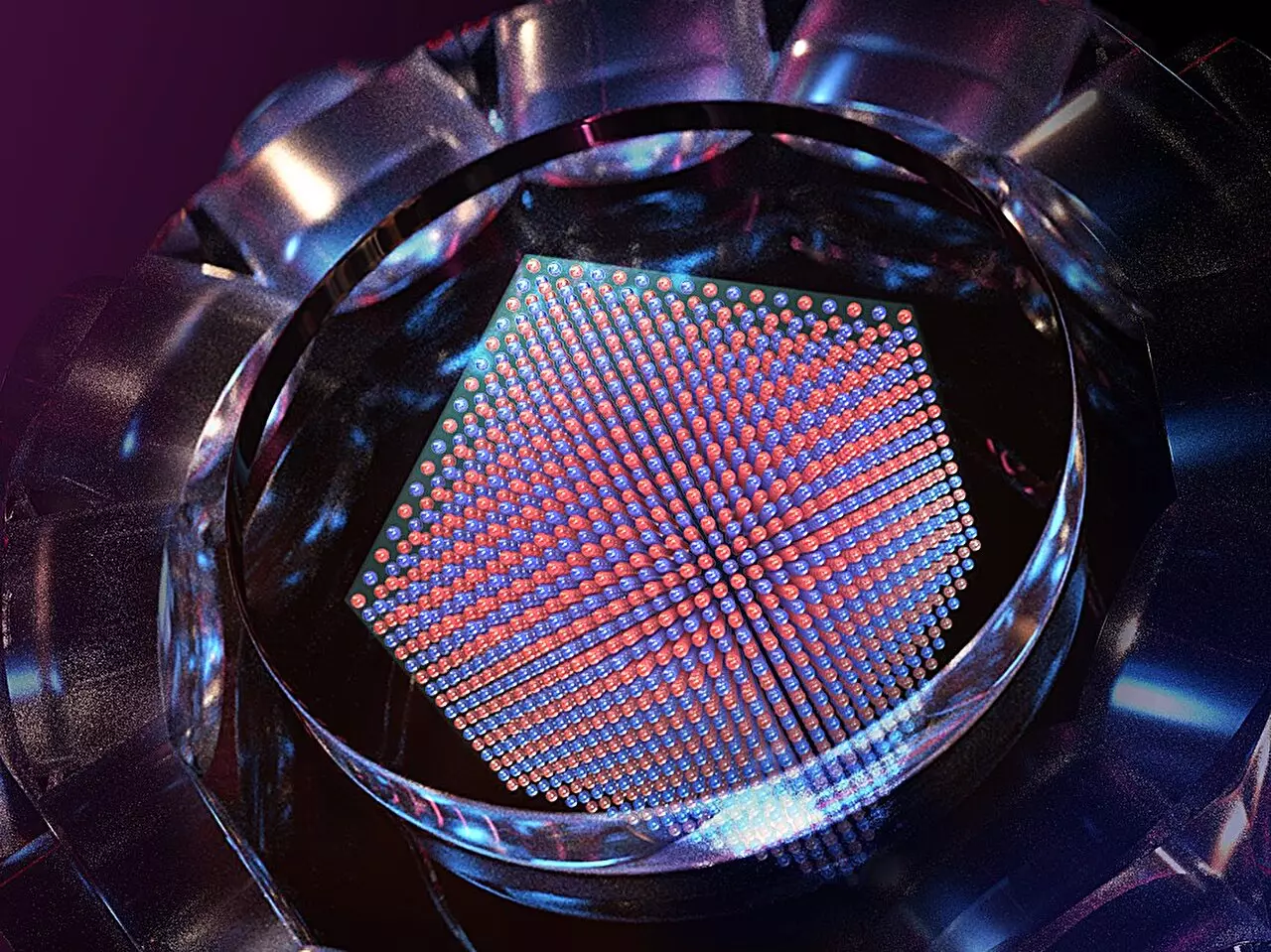A transformative study published in the prestigious journal *Nature* has ushered in a new era in the field of quantum physics. Researchers have, for the first time, harnessed a large-scale quantum simulator to observe the antiferromagnetic phase transition within the fermionic Hubbard model (FHM). This accomplishment not only underlines the promising future of quantum simulation but also represents a pivotal step toward unlocking the enigmatic mechanisms underpinning high-temperature superconductivity. Conducted by an esteemed team from the University of Science and Technology of China (USTC), led by prominent figures such as Prof. Pan Jianwei, Prof. Chen Yuao, and Prof. Yao Xingcan, this research could have profound implications for our understanding of strongly correlated quantum materials and their application in technology.
The Quest for Understanding Superconductivity
High-temperature superconductors hold immense scientific intrigue but remain shrouded in mystery. Although their potential economic benefits are clear, the fundamental physics governing these materials is still poorly understood. At the heart of this study lies the FHM—a simplified model designed to mimic electron behavior in a structured lattice. The significance of the FHM is its ability to reflect a broad spectrum of phenomena associated with strong correlations typical of quantum materials. However, despite its potential, there lies an undeniable complexity in unraveling the secrets of the FHM, primarily due to the absence of exact analytical solutions in two and three dimensions, coupled with high computational demands that limit existing numerical methods.
Many scientists argue that even universal digital quantum computers may find it incredibly challenging to decode the FHM efficiently. This sheds light on the growing consensus that quantum simulation using ultracold fermionic atoms can be the golden key to mapping the elusive low-temperature phase diagram of the FHM. Achieving the antiferromagnetic phase transition and pinning down the ground state at half-filling stands out as a benchmark milestone for researchers aspiring to explore the intricate maze of quantum magnetic fluctuations relevant to high-temperature superconductivity.
Overcoming Experimental Challenges
The endeavor toward observing the antiferromagnetic phase transition has not been without obstacles. Historical attempts at quantum simulations stumbled due to the difficulty in cooling fermionic atoms effectively and the complications arising from standard Gaussian-profile lattice lasers, which tend to induce harmful inhomogeneities. The research team confronted these significant challenges head-on. Drawing upon their prior successes in crafting and investigating homogeneous strongly interacting Fermi gases in a box potential, they ingeniously integrated low-temperature homogeneous Fermi gas generation with the implementation of a flat-top optical lattice. This innovative system featured around 800,000 lattice sites—an overwhelming increase compared to previous experiments that only involved several dozen sites.
Such a vast configuration allowed the team to experiment with uniformly distributed Hamiltonian parameters while maintaining temperatures well below the Nél temperature, the threshold crucial for realizing the antiferromagnetic phase transition. By modifying interaction strengths, temperatures, and doping concentrations to their critical thresholds, the researchers provided definitive evidence of the antiferromagnetic phase transition. Notably, they discovered a power-law divergence of the spin structure factors, demonstrating a critical exponent of 1.396 consistent with Heisenberg universality. This represents a significant boundary pushed in our grasp of quantum magnetism, allowing for deeper explorations into the FHM’s intricate workings.
The Implications of Quantum Simulation Advances
The implications of this groundbreaking research extend far beyond the laboratory. By demonstrating significant advances past the limitations of classical computing, the team showcases the undeniable advantages of quantum simulation in tackling pivotal scientific conundrums. The ability to manipulate and observe complex quantum states in large-scale setups has the potential to palliate the challenges that have hindered classical methods for decades. What’s more, the lessons learned from this study could lay the groundwork for future research aiming to construct an elegant understanding of high-temperature superconductivity, an area that could reshape the technological landscape.
In essence, the intersection of quantum simulation and experimental physics exemplified in this study paints a hopeful picture for the future of material science. The journey to unlock the secrets of quantum magnetism is merely beginning, but with advancements like this one, the scientific community is drawing ever closer to revealing the mysteries that lie at the heart of high-temperature superconductors.

